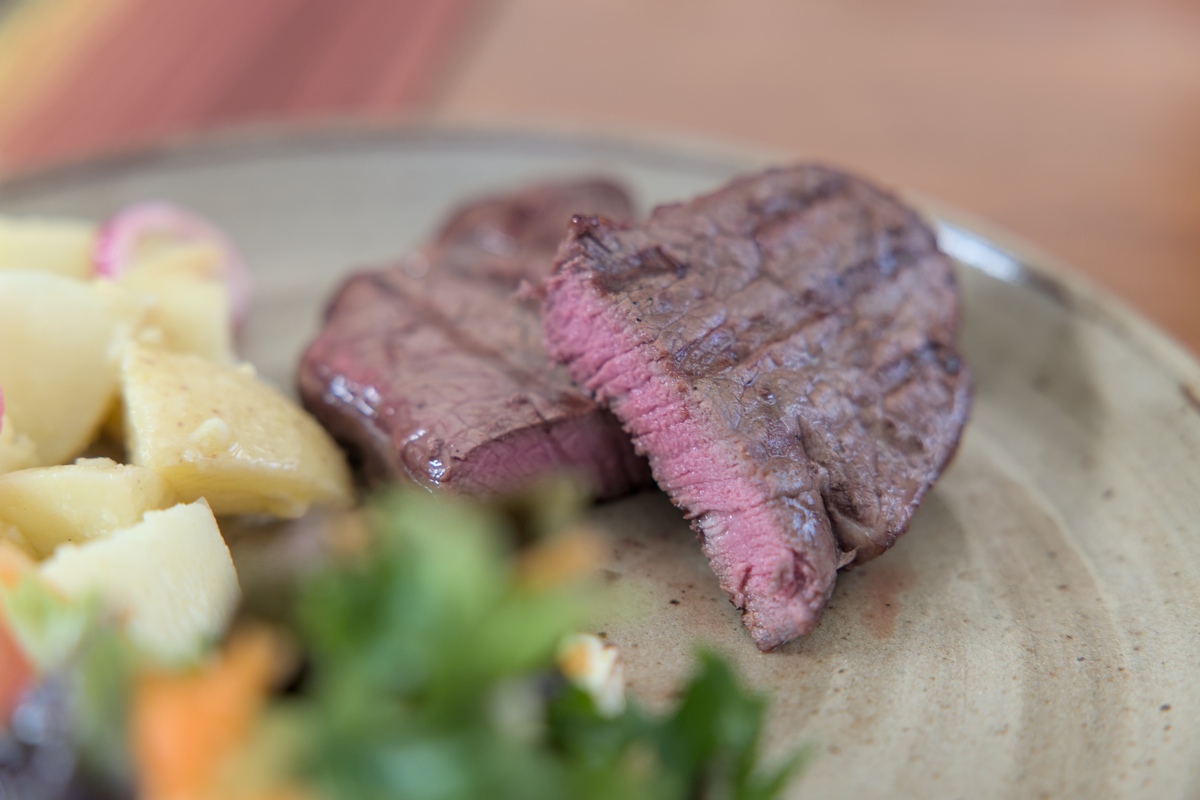Making a Great Steak
Preparation: Cut, Salt and Air
If not already cut, cut the meat into steaks of equal thickness (approximately 40-50mm thick). A sharp knife helps produce clean, consistent cuts.
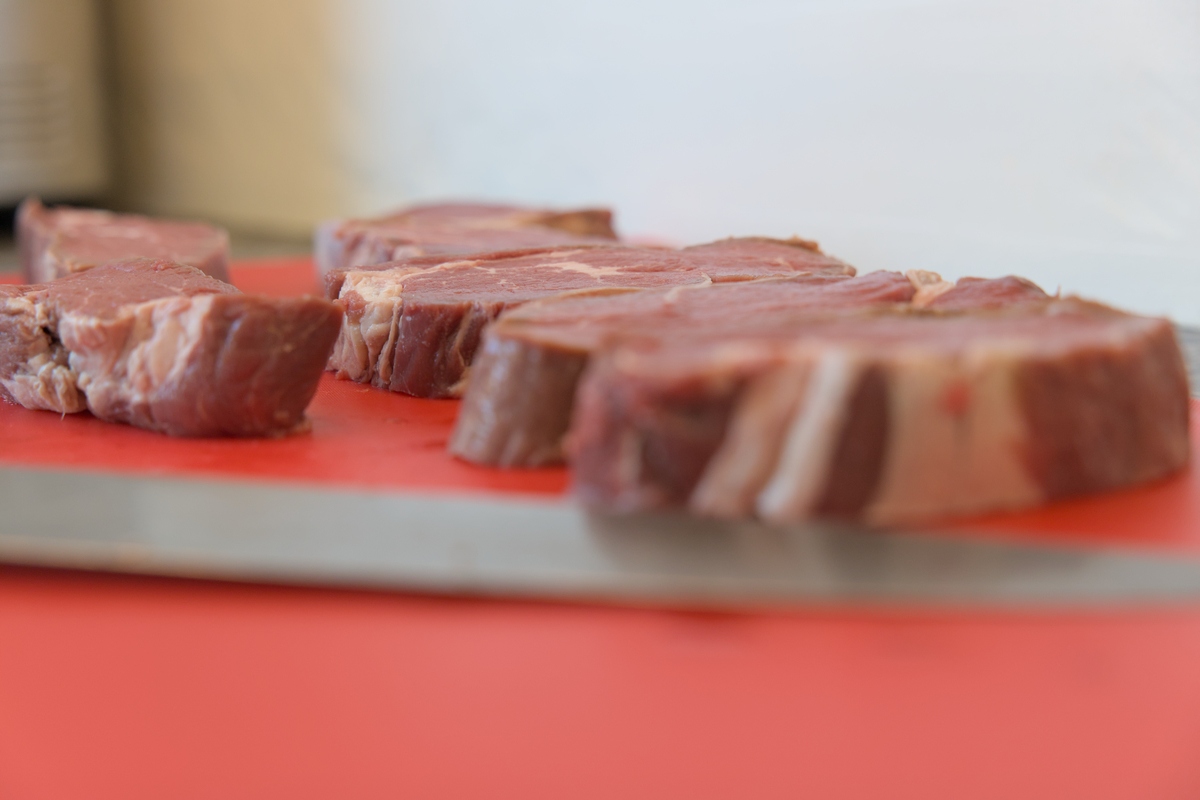
Place the steaks on a rack that allows maximal air flow around the steaks.
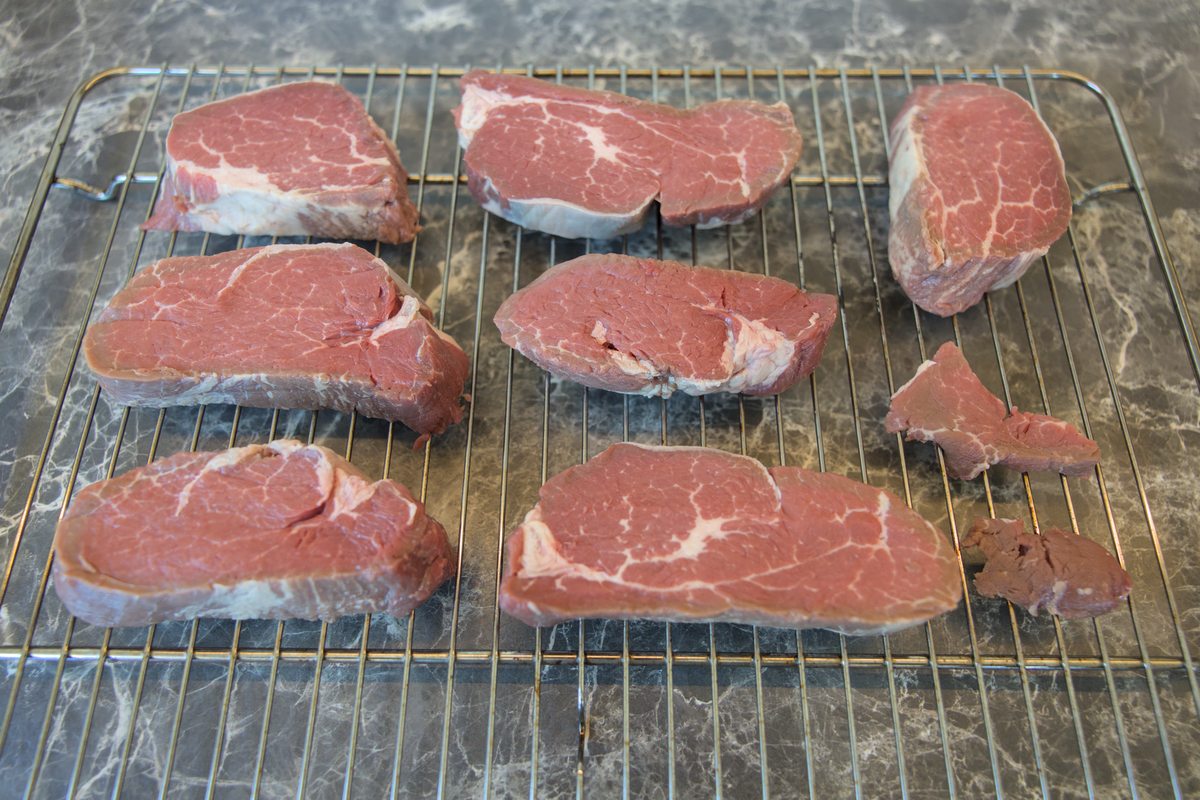
Salt the meat, preferably using salt flakes. Allow the salt to pull water out of the steak, dissolve, and then be absorbed as brine. See the GIF animation below that captures a time-lapse of the salt-infusion process over approximately 1.5 hours. After the initial photo without salt, the time between photos doubles in minutes (i.e. 1, 2, 4, 8, 16, 32, 64), except for the last photo which was at 96 minutes.

Cooking
Start the barbecue and allow it to reach 200°C. Use a metal spatula and/or wire brush to remove any large residue. Wipe the grill with paper towel, then apply oil either via oil-saturated paper towel or spray. Close the lid and allow the barbecue to reach 200°C again.
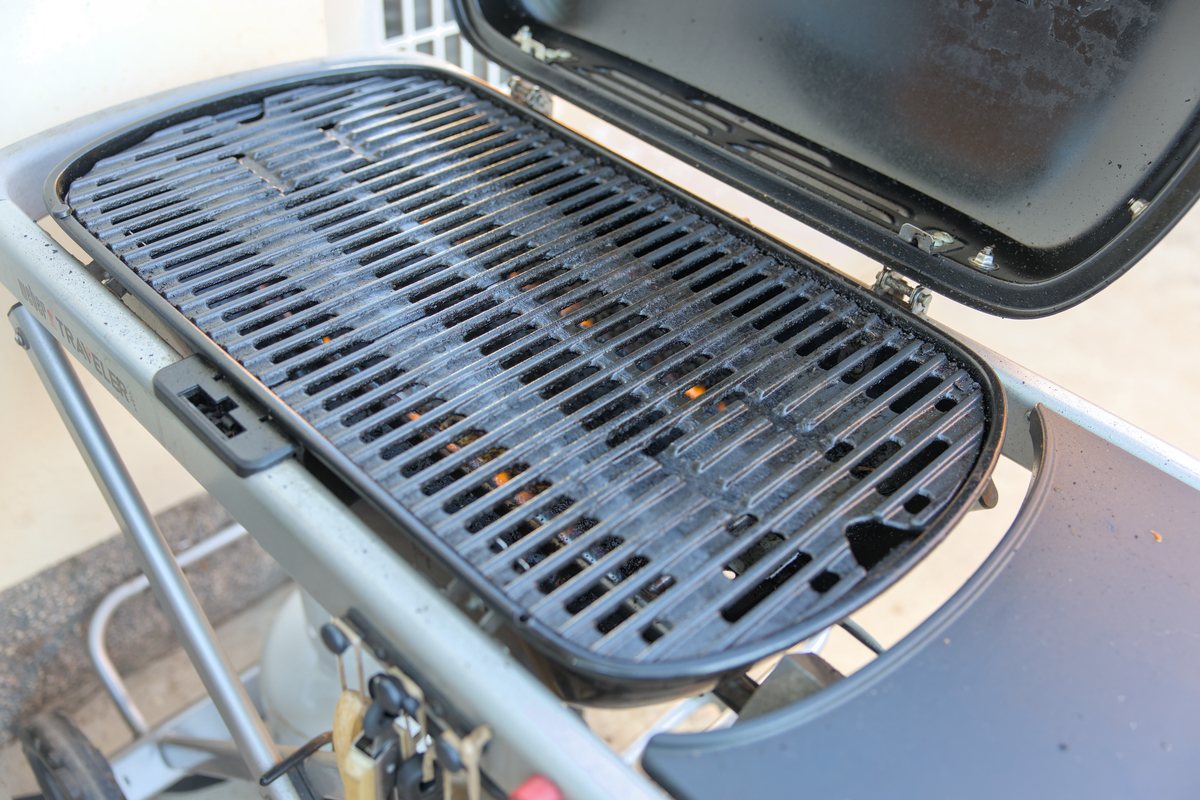
Place the steaks on the grill.
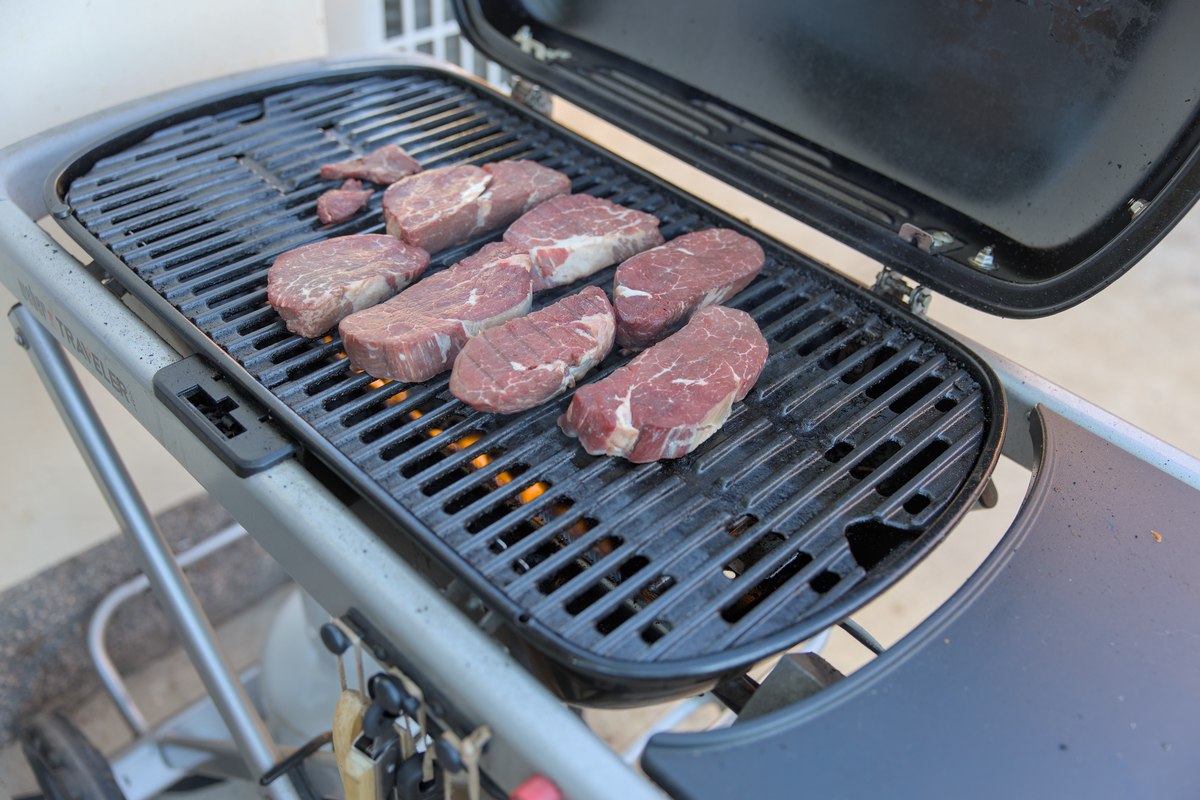
Turn over the steak when juice starts to come to the surface through the gaps that will appear in the meat. This usually occurs at the 5-6 minute mark; however, it can take more or less time depending the thickness of the meat and heat exposure (some grills are hotter than others, and even the same grill can have hotter parts).
The steak is cooked when juice starts to come to the surface again. This usually occurs at the 10-11 minute mark. At this point, the steak will be medium rare. For a medium-well-done finish, wait an additional 2-3 minutes.
See the GIF animation below that captures a time-lapse of the cooking process over approximately 11 minutes. Note the turning over of the steaks after approximately 5-6 minutes, followed by their repositioning on the grill to ensure even heat exposure.
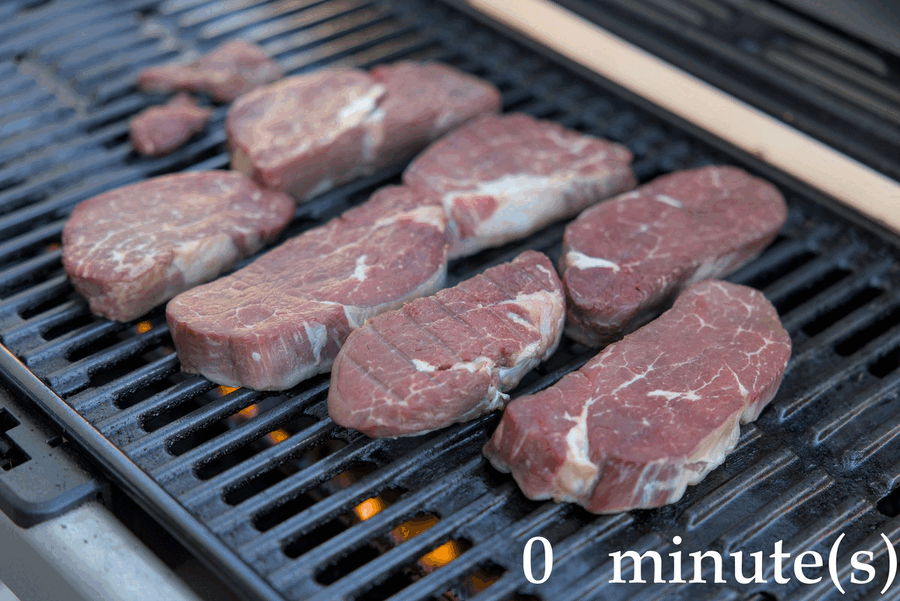
When complete, the steaks should have a nice brown colour with some sear marks from the grill.

Serving
Serve immediately with desired side dishes (e.g. garden salad, coleslaw, potatoes etc.). Sprinkle additional salt over if required.
